%


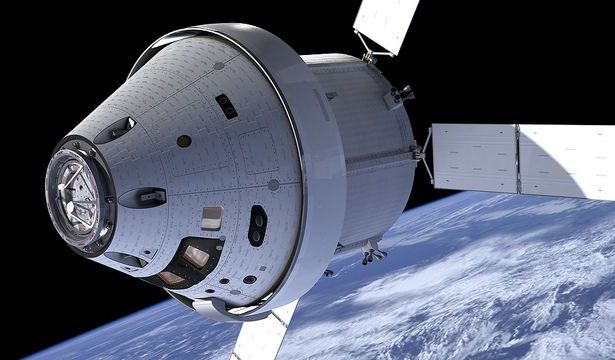
A new space race is upon us. But unlike the cold war-driven days of the 1960’s and early 1970’s, it is now a multi-player competition to dominate and exploit the final frontier. The U.S. and Russia have been joined by the European Union, China, India and Japan, as well as numerous commercial space ventures, such as SpaceX and Blue Origin.
Where does NASA sit in all of this, in the rapidly changing world of the second space race. In Seeking Delphi episode #35, host Mark Sackler gets an overview of where the agency is headed, from former NASA program director for launch systems, Dan Dumbacher. There’s also a very special announcement of the upcoming ASCEND** space conference, slated for Las Vegas in November of 2020.
** Accelerating Space Commerce, Exploration, and New Discovery.

WASHINGTON — Blue Origin is joining forces with three other major aerospace firms in a “national team” to develop a human lunar lander for NASA.
The company’s founder, Jeff Bezos, announced Oct. 22 his intent to work with Lockheed Martin, Northrop Grumman and Draper on the unnamed lunar lander, the proposal for which they will submit to NASA for its Human Landing Services competition.
“I am excited to announce that we have put together a national team to go back to the moon,” he said during an onstage interview at the 70th International Astronautical Congress here, where he received an Excellence in Industry award. “We could not ask for better partners.”
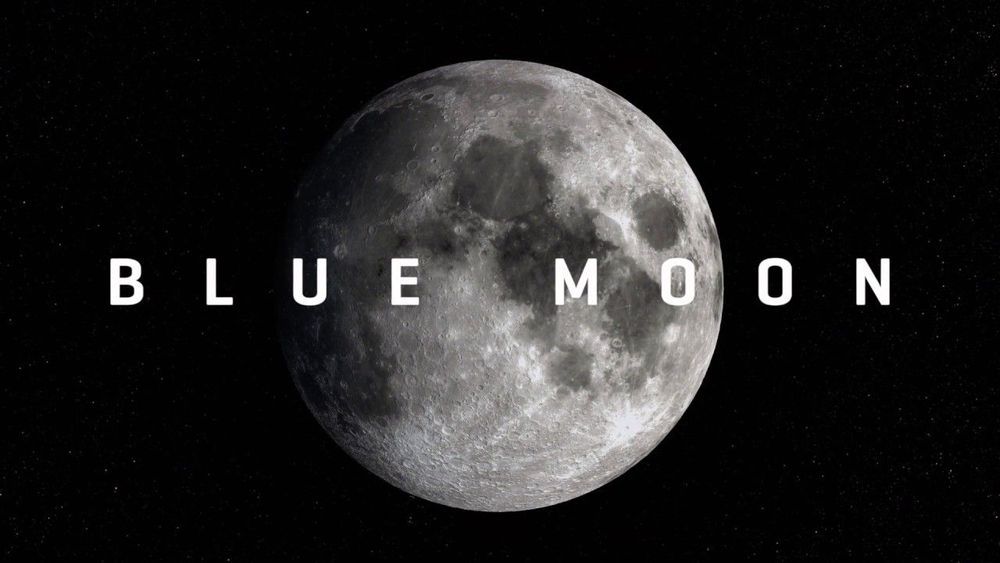
Jeff Bezos’ aerospace company, Blue Origin, no longer plans to build its giant lunar lander for NASA by itself. The company announced today that it is teaming up with three other legacy space companies — Lockheed Martin, Northrop Grumman, and Draper — to develop a lunar landing system for the space agency that is fully capable of taking humans to and from the Moon’s surface.
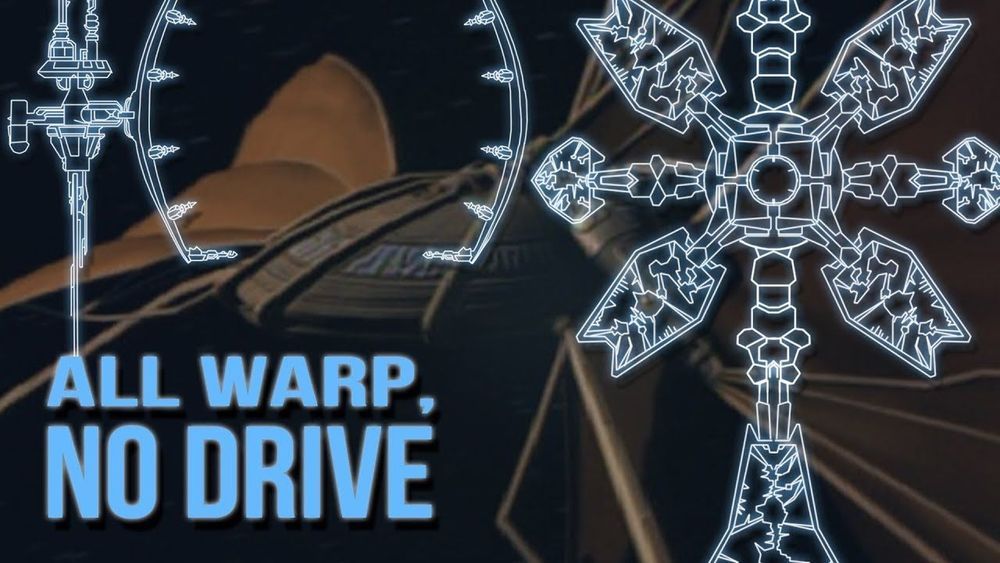
Most species in Star Trek utilise Warp as their faster than light travel, but not all.
Some have created impressive alternatives to warp drive, such as catapults arrays and even sail ships.
This video looks at the practicality for Starfleet to adopt any of these methods of travel, their potential pros and cons.
If you liked this, maybe:
Transwarp: https://youtu.be/5N45D5TE9Oc
Borg Transwarp: https://youtu.be/FXJPzOEnnEE
Coaxial Warp: https://youtu.be/tU9VDK6Nrqk
Music from bensound.com, purple-planet.com and freesfx.co.uk
Star Trek Online developed by Cryptic Studios and Perfect World.
Star Trek, Star Trek Enterprise/Voyager/Deep Space Nine/Discovery/Picard and The Next Generation are all owned and distributed by CBS.
Star Trek Films are owned and distributed by Paramount Pictures.
This Video is for critical purposes with commentary.
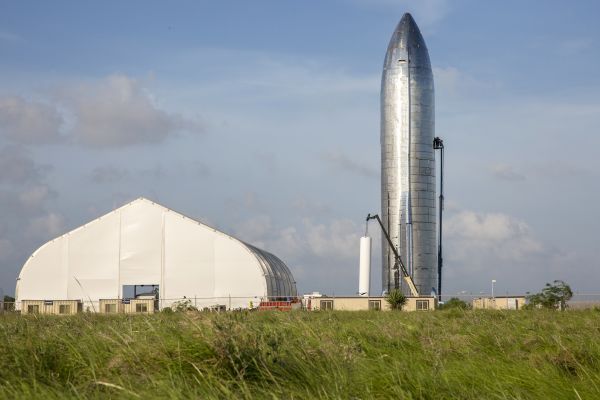
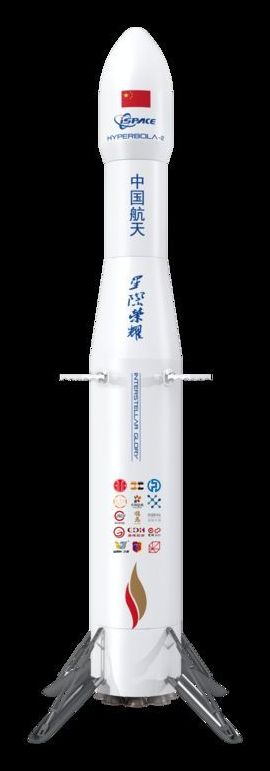
Photo shows the model of the Hyperbola-2, a reusable rocket developed by a private Chinese company. (Photo provided to Xinhua)
A Chinese reusable carrier rocket that uses liquid oxygen-methane propellants will be launched for the first time in 2021, making up for China’s lack of reusable liquid-propellant rockets.
BEIJING, Oct. 21 (Xinhua) — A Chinese reusable carrier rocket that uses liquid oxygen-methane propellants will be launched for the first time in 2021.

SpaceX now has three of its next-generation Starship rockets under construction, as aerial video shows the latest developments at the company’s facility in Florida.
The first bands of stainless steel for another Starship rocket were put on a stand Thursday, and were captured in a video taken from a flying drone. Former commercial pilot John Winkopp took the video and gave CNBC permission to use his footage.
Starship is a massive rocket that SpaceX is developing to eventually launch cargo and people to the moon and Mars. The rocket is designed to be reusable so SpaceX can launch and land it multiple times, like a commercial airplane.

NEW YORK, Oct. 16, 2019 – In January 2019, Virgin Galactic Founder Sir Richard Branson and Under Armour CEO and Founder Kevin Plank announced a collaboration which saw Under Armour become Virgin Galactic’s Technical Spacewear Partner. Today, the companies unveiled the collaboratively designed spacewear system for Virgin Galactic astronauts comprising of a base layer, spacesuit, footwear, training suit and Limited Edition astronaut jacket. It is the first such collection ever created specifically for private astronauts.
The design of astronaut apparel is a unique combination of the requirement for comfort and utility matched by the ultimate focus on customer experience. Every element of the Virgin Galactic customer journey is designed to enrich the profound and transformative qualities of the human spaceflight experience. For Virgin Galactic Future Astronauts, that life-changing, personal experience is eagerly anticipated and the newly unveiled spacewear has been specifically designed to support it.

Who is going with us? NASA Astronaut Alvin Drew answers the question in our latest #AskNASA episode. Find out about the international partnerships that will contribute to our #Artemis lunar exploration plans. Watch: https://go.nasa.gov/2VIoMr6